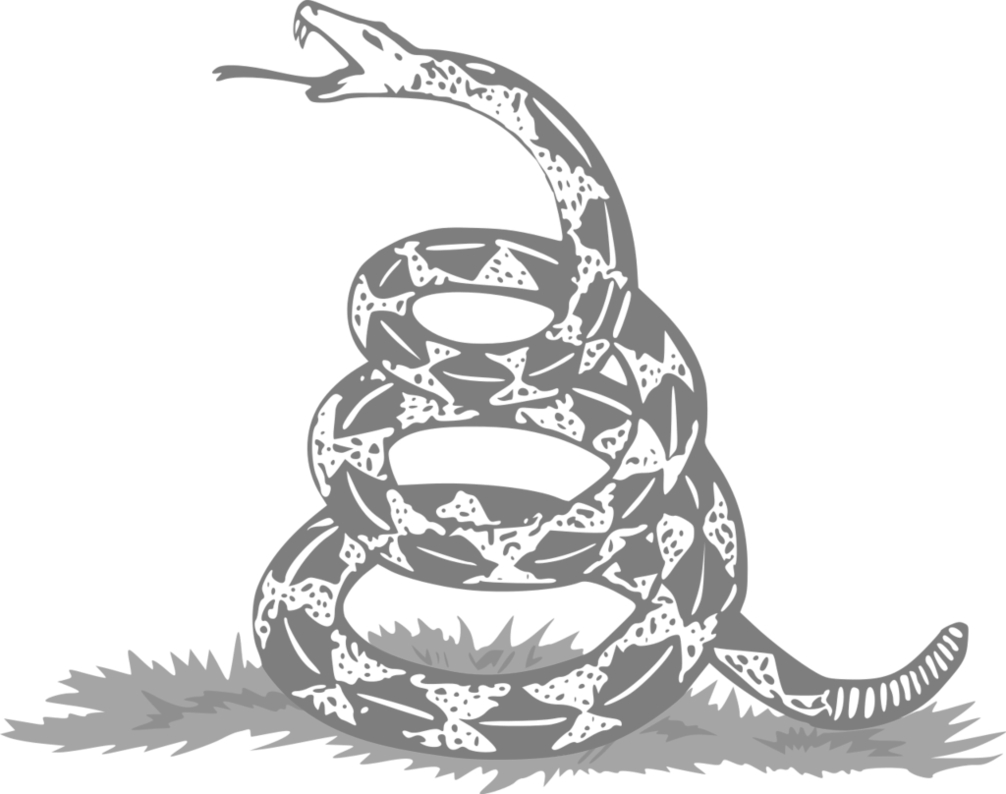🍉: Difference between revisions
From Liberpedia
No edit summary |
No edit summary |
||
| Line 2: | Line 2: | ||
As early as 1982, Brookes was elucidating the statist impulses of the environmental movement, using Charlie Brown’s Great Killer Watermelon as a stand-in for the modern anti-capitalist environmentalist —“dark green on the outside, red on the inside.” | As early as 1982, Brookes was elucidating the statist impulses of the environmental movement, using Charlie Brown’s Great Killer Watermelon as a stand-in for the modern anti-capitalist environmentalist —“dark green on the outside, red on the inside.” | ||
|sign= | |sign= | ||
“[https://spectator.org/45094_man-who-saw-tomorrow/ The Man Who Saw Tomorrow]” | “[https://spectator.org/45094_man-who-saw-tomorrow/ The Man Who Saw Tomorrow]” (see also: [https://web.archive.org/web/20070222080334/https://www.americanexperiment.org/publications/1991/19910418brookes.php How Government Turns the Learning Curve from Green to Brown] | ||
}} | }} | ||
Revision as of 05:47, 26 July 2022
“ As early as 1982, Brookes was elucidating the statist impulses of the environmental movement, using Charlie Brown’s Great Killer Watermelon as a stand-in for the modern anti-capitalist environmentalist —“dark green on the outside, red on the inside.”
